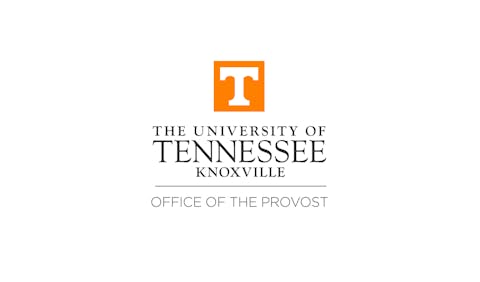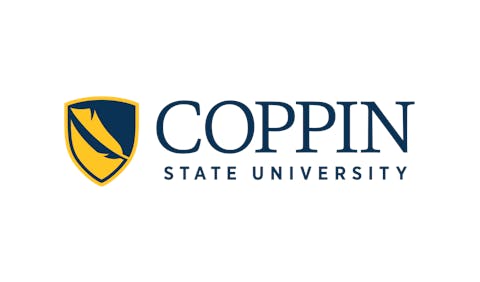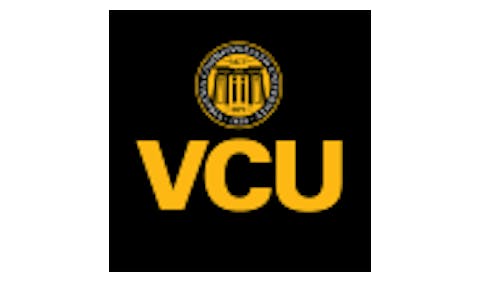I began college as a first-generation, low-income student in California’s community colleges. My parents never had the chance to attend college, and I wasn’t sure I would finish either. What made the difference wasn’t luck — it was the kind of institutional scaffolding HSIs create and sustain.
 Dr. Joseph Morales
Dr. Joseph Morales
That capacity is now being targeted for dismantling.
The Department of Justice recently announced it would no longer defend the federal law that defines HSIs, declaring unconstitutional the requirement that 25 percent of a college’s undergraduates be Hispanic to qualify for federal funding. DOJ lawyers lean on the Supreme Court’s so-called “colorblind” logic, articulated most memorably by Chief Justice John Roberts in 2007: “The way to stop discrimination on the basis of race is to stop discriminating on the basis of race.”
That line is a legal fiction. It erases how exclusion has operated in American higher education — and how federal policy has tried, however imperfectly, to address it.
The Roberts doctrine has already dismantled race-conscious admissions. Now it’s being used to strip institutions of the funding they need to serve the students they already educate.
The charge that HSIs are “reverse racism” misrepresents both their purpose and their impact. No student gains admission to a university because it is an HSI. To be eligible, a campus must enroll at least 25 percent Hispanic undergraduates and demonstrate that half its students are low-income.
But crossing the 25 percent threshold is just the start. To receive support, HSIs compete in a rigorous Title V grant process under the Higher Education Act. In recent years, only about half of the eligible campuses have secured funding (Congressional Research Service, 2023).
Therefore, the federal dollars attached to HSI status are not automatic — and certainly not scholarships earmarked by race. They are hard-fought, competitive capacity investments that fewer than half of eligible HSIs secure. They fund faculty development, build mentoring networks, expand STEM pathways, and strengthen advising. They help universities do what underfunded high schools could not: prepare students to succeed and graduate.
Collapsing that distinction — between preference for individuals and investment in institutions — is mischaracterizing the program’s very purpose.
Preparing for HSI status at UC Irvine was not about checking a demographic box. I launched an Inclusive Excellence Certificate Program that engaged hundreds of faculty, staff, and students in structured equity training. That program influenced how teaching and advising happened across campus. Its impact extended well beyond Hispanic students, strengthening the entire institution.
At CSU Chico, the HSI designation has supported initiatives that remove barriers to student success, prepare first-generation students for graduate study, and build stronger bridges between campus and community. These are not side projects. They are the scaffolding that keeps public higher education standing.
And in California, where nearly 40 percent of residents identify as Latino, dismantling HSIs is tantamount to dismantling the state’s future.
Congress created HSIs in 1992 as part of the Higher Education Act, recognizing that demographic change was reshaping higher education and that institutions serving large numbers of Hispanic students needed resources to match their role. They joined a larger family of minority-serving institutions — Historically Black Colleges and Universities, Tribal Colleges, Asian American and Native American Pacific Islander-Serving Institutions — each created to address a different gap in opportunity.
These designations reflected a bipartisan recognition that fairness does not mean ignoring history. Fairness requires acknowledging unequal starting points and giving institutions the tools to serve the students they already enroll.
The DOJ’s refusal to defend HSIs marks a break with that bipartisan lineage. If HSIs are unconstitutional, what stops the same argument from being applied to HBCUs, Tribal Colleges, or AANAPISIs? The consequences would reverberate across hundreds of campuses and millions of students — precisely those least well-served by traditional higher education.
This moment requires clarity. The coming fight over HSIs is not about racial quotas. It is about whether the federal government will continue to invest in the institutions that educate America’s future.
For thirty years, HSI funding has affirmed that capacity matters. Institutions serving large numbers of first-generation and low-income students cannot fulfill their missions without targeted investment. Withdrawing that support is not neutrality. It is the government choosing to lock inequality into place.
Higher education leaders cannot remain silent. Presidents, provosts, and trustees across the MSI family must unite to defend these designations. Congress, too, must act to reaffirm that HSIs and MSIs are not racial preferences but capacity investments in public institutions. And scholars, practitioners, and advocates must resist the distortion that equity programs are privileges rather than lifelines.
The question before us is not whether higher education will see race. It always has. The question is whether it will continue to use public policy to counter exclusion — or retreat into a fiction of “colorblindness” that allows exclusion to persist unchecked.
I know what is at stake because I lived it. The doors I walked through as a first-generation, low-income student in California did not open by chance. They were hammered into place through policy fights and community persistence.
The Department of Justice’s decision jeopardizes that legacy. If equity designations unravel, the scaffolding that has allowed millions of students to succeed will collapse.
That is why this fight over HSIs matters. It is not simply about one funding stream. It is about whether higher education will remain a public trust — or harden into a system designed to lock inequality into place.
___________
Dr. Joseph Morales serves as the university diversity officer at California State University, Chico, and formerly directed HSI strategy at the University of California, Irvine.


















